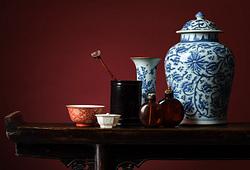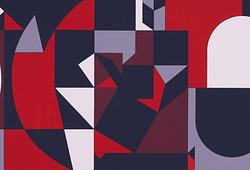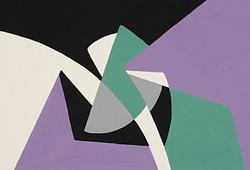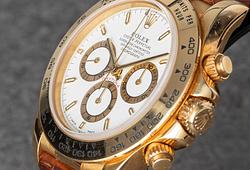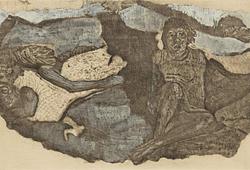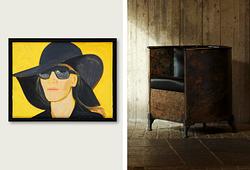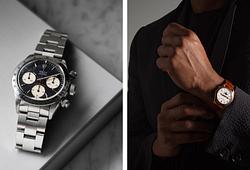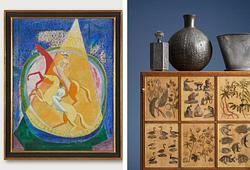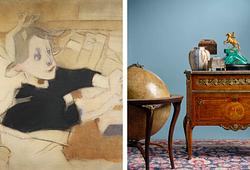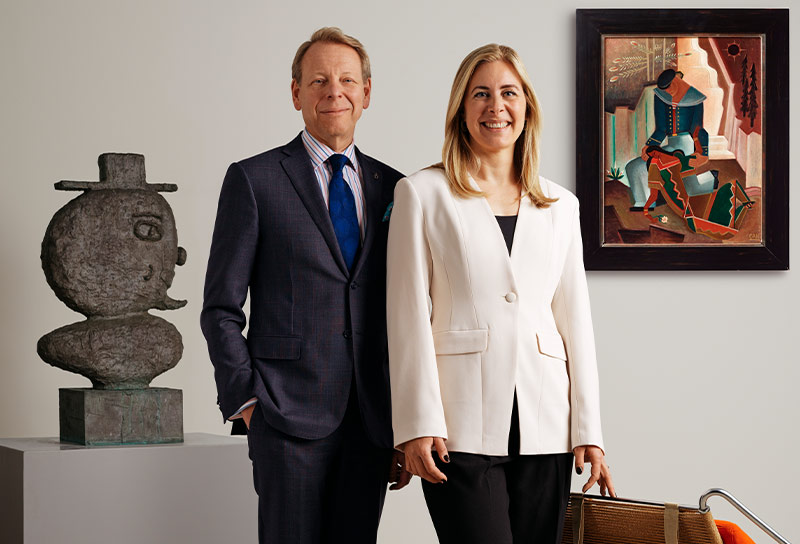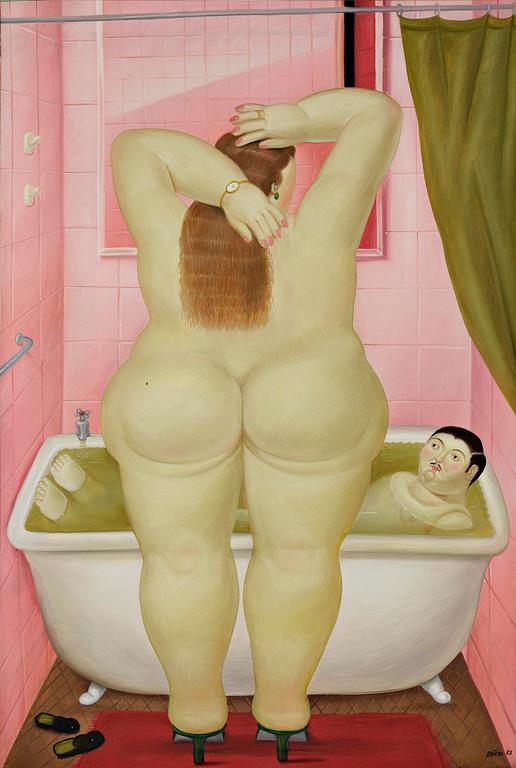Fernando Botero
"El cuarto de baño".
Signed Botero and dated -83. Canvas 180 x 120 cm. A copy of the exhibition catalogue from Moderna Museet, Stockholm, "Fernando Botero", 29 september 2001 - 13 januari 2002, lot no. 21, signed by the artist, comes with this lot.
Provenance
Gallery Fernando Quintana, Bogotá.
Gallery Stora Koviks gård, Gustavsberg.
Private collection, purchased from the above on 11 April 1991.
Gallery Ferm, Gothenburg.
Private collection, Sweden.
Exhibitions
Moderna museet, Stockholm, "Fernando Botero", 29 September 2001 - 13 January 2002, catalogue no. 21.
ARKEN Museum for Samtidskunst, "Fernando Botero", 2 February - 2 June 2002, illustrated on the exhibition poster.
Literature
Giorgio Soavi, "Botero", Milan, 1988, cat. no. 184, illustrated p. 15 and p. 207, also entitled "Il bagno".
Loaiza Hector, "Botero S'explique", France, Éditions la Résonance, 1997, illustrated in colour p. 105, also entitled "La salle de bain".
E.J. Sullivan and J.M. Tasset, "Fernando Botero: Monograph & Catalogue Raisonné Paintings 1975-1990", Lausanne, 2000, no. 1983/2, illustrated p. 336.
Exhibition catalogue, Moderna Museet, Stockholm, "Fernando Botero", 29 September 2001 - 13 January 2002, cat. no. 21, ill. full page in colour p. 93.
Exhibition catalogue: ARKEN Museum for Samtidskunst, "Fernando Botero", 2 February - 2 June 2002, ill. on the cover.
More information
Fernando Botero described himself as a “post-abstractionist realist,” an artist who paints memories in a realist idiom. His canvases are populated by voluminous figures engaged in scenes of everyday life from his native Colombia. To Botero, these ample bodies are not exaggerated but rather elegant in their sensuality. “It’s to make them sensual that I let my figures swell,” he has remarked. Historical references in his work are unmistakable. After abandoning an early career as a matador in the early 1950s, Botero traveled to Europe, where he immersed himself in the traditions of the Renaissance, copying the works of old masters such as Goya, Velázquez, Uccello, and Piero della Francesca in Florence and Madrid.
His artistic breakthrough came during the 1960s while living in New York, where he exhibited seminal works such as Mona Lisa (1961) and The Presidential Family (1967). During this period, Botero solidified the painterly style that would become his hallmark—a visual language now widely recognized as “Boterismo.”
Before the advent of modernism in the early 20th century, religious iconography dominated the visual culture of both Latin America and Europe. These sacred images continue to resonate in contemporary art. Botero’s childhood in Medellín, Colombia, was steeped in the Catholicism that has shaped Latin American society, culture, and politics for over four centuries.
“There were no museums in Colombia when I was young. The only paintings I saw were those of Colombian Baroque artists in churches. When Colombian children go to church, they see all these Madonnas, so pure and perfect. In South America, China-like perfection is very much a part of an ideal of beauty… So, in contrast to Europe or North America, you connect the notions of art and beauty at a very early stage. I grew up with the idea that art is beautiful. All my life I’ve been trying to produce beautiful art, to discover all the elements that make up visual perfection.”
— Carlos Fuentes, Botero Women, New York, 2003, p. 42
Botero’s oeuvre is deeply entwined with Colombian and broader Latin American identity. Through humor and a subtle irony, he constructs a magical world in which angels and sinners play out familiar narratives. One of his greatest artistic contributions lies in his distinctive exploration of genre, often incorporating satirical imagery as a commentary on contemporary social phenomena.
The female figure in the work The Bathroom / El cuarto de baño, exemplifies Botero’s signature sculptural and voluptuous form. Rendered with both wit and reverence, she appears as a modern-day Venus emerging from the bath, or perhaps as a biblical Susanna, spied upon by a diminutive male figure in the tub. She proudly presents herself with all her splendor, unashamed and unapologetic.
The Bathroom / El cuarto de baño was featured in the exhibition at Moderna Museet from September 29, 2001, to January 13, 2002, curated by the museum’s then-director David Elliott in collaboration with Botero himself. The exhibition then traveled to ARKEN Museum for Samtidskunst,
Coptenhagen, ”Fernando Botero”, 2 February - 2
June 2002.





